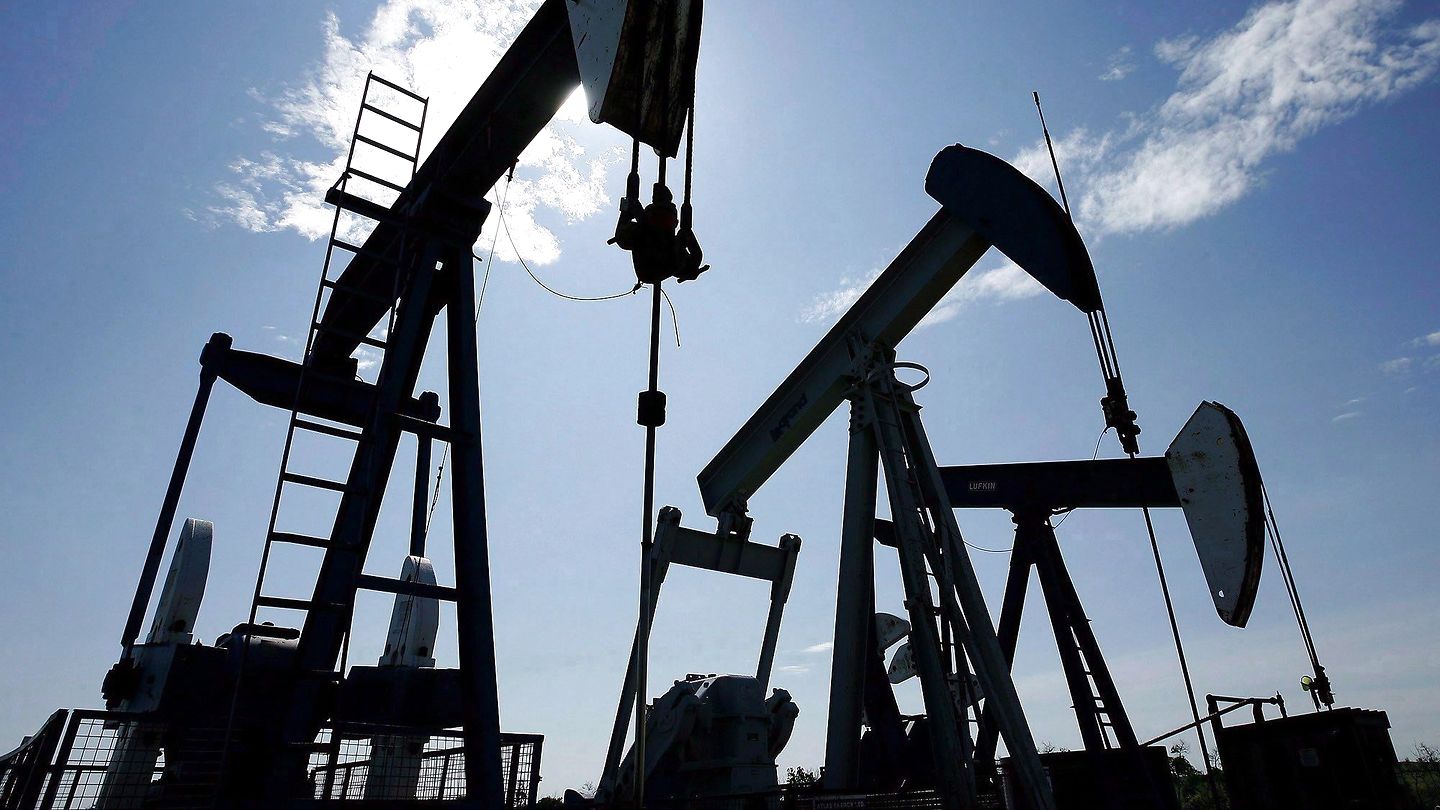In Denmark, homeowners have become accustomed to negative interest rates where borrowers are paid by lenders. But it took the world by storm this week, when prices for oil also went negative. In other words that some investors paid others to get rid of barrels of oil.
”Oil prices collapsing with a fall of 300 percent, leading to negative prices, was the most spectacular event over the past week”, writes chief economist, Las Olsen in a recent analysis.

No room for oil
If the price of a commodity falls a hundred percent, the price is then zero, which means that the commodity in question is up for grabs., free. A price fall of 300 percent in other words means that the commodity is not only free, you are actually paid to take it.
Negative oil prices accounted only for a certain corner of the oil market, specifically US WTI oil for delivery in May and to be picked up in Cushing, Oklahoma, Las Olsen explains. And one reason prices turned negative was that storage capacity for oil was running out, making it difficult for investors to offload contracts for future delivery of oil that they had bought to sell on with no intention – and no ability – to actually own and to store.
”Negative oil prices are the result of oil storage capacity running out and that oil is inflammable and poisonous so you don’t just store it anywhere you like. Most likely, some investors have bought contracts for future delivery that they hoped to sell on, and they have suddenly had to pay to offload these contracts as there were no interested buyers and no more storage capacity available. Some has compared the situation to trying to sell your old garden furniture and ending up have to pay to get rid of it”, says Las Olsen.



.png?h=128&iar=0&w=128&rev=c0456076148343a69ec27218e9fa39aa&hash=5367D3AD7CFBE8E78181A6587FAB2790)